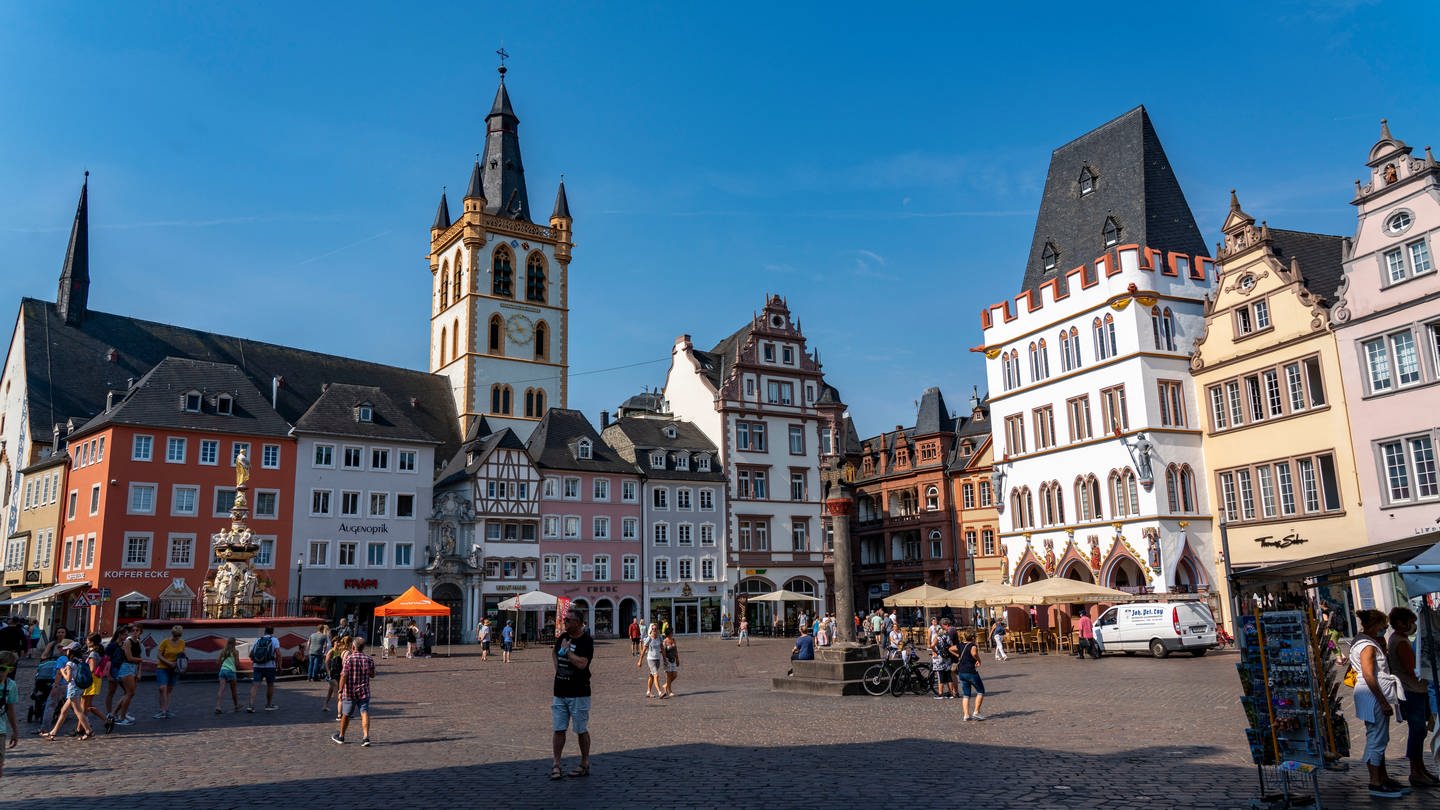From online citizen services and car sharing offers to broadband availability: the Smart City Index shows which cities are geared towards the future.
With place 12 in national general classification Trier is the smartest city in Rhineland-Palatinate. Then came Mainz in 30th place, followed by Kaiserslautern in 32nd place and Ludwigshafen in 38th place.
The Smart City Index takes into account all German municipalities with more than 100,000 inhabitants. This is a total of 81 cities. The digital association Bitkom has now collected the data for the fourth time. The lead Hamburg had last year decreased significantly in 2022.
Trier is ahead, especially when it comes to energy and the environment
In the individual energy and environment category, the city of Trier was ranked third after Paderborn and Ulm. Trier scores 79.8 out of 100 possible points. The sub-categories smart street lighting and smart waste (smart disposal chain) stand out in particular. Here Trier gets the best value of 100 points. According to the data collection, the area of low-emission buses could still be expanded.
Hamburg in the lead
they occupy Hamburg, Munich and Dresden are in the standings the first three places. With a total of 86.1 points out of 100 possible, Hamburg finished first, while Darmstadt and Stuttgart entered the top ten of the neighboring states of Hesse and Baden-Württemberg. Bitkom President Achim Berg summarizes: “The Smart City Index shows the progress made in digitizing German cities. No city has fallen behind in digitization compared to the previous year, the level has increased everywhere, but sometimes there are clear differences in terms of speed. ” In general, there is a huge passion for digital action in cities
The study looked into these areas
Administration, IT and communication, energy and environment, mobility and society: these are the five main themes analyzed and evaluated in the Smart City Index. Municipalities were actively involved in data collection. Cities were able to declare their level of performance on their own and had to provide appropriate sources to prove it. 85% of cities have also done so. Missing data was searched for all other cities. A total of nearly 11,000 data points were recorded, checked and qualified.
